Nike’s Robotic Shoe Gets Humans One Step Closer to Cyborg
Source: Wired
Have you ever wanted to have robotic assistance? That could come sooner than you think! Read about Nike’s cool new invention that may be the future of mobility.

Have you ever wanted to have robotic assistance? That could come sooner than you think! Read about Nike’s cool new invention that may be the future of mobility.

One middle school student turned a scary experience into an invention that could help protect millions of people. Learn how a great idea or solution can come from a real-life problem.
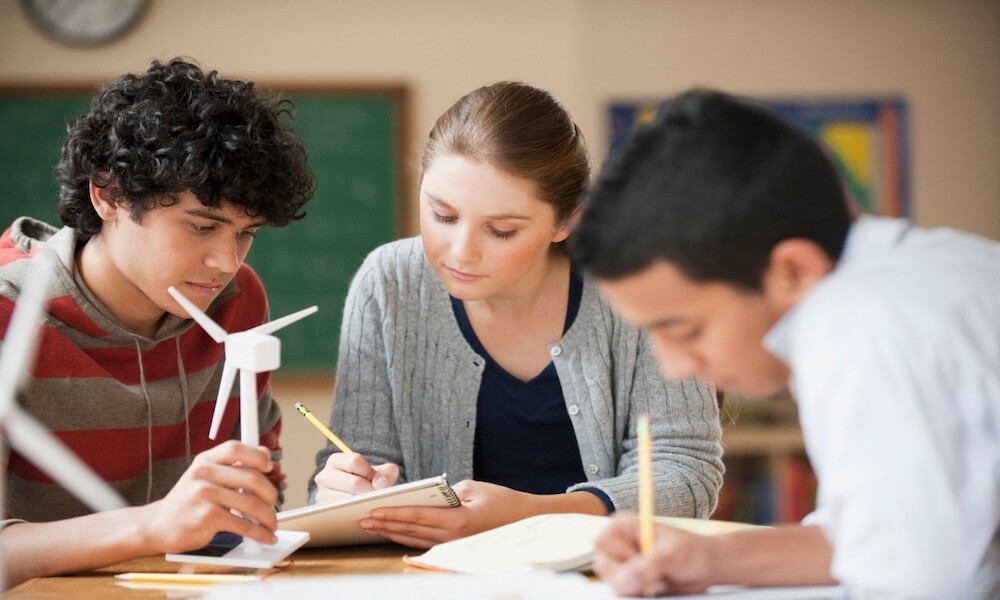
A class project motivates a student to advocate for change in their state’s education system.
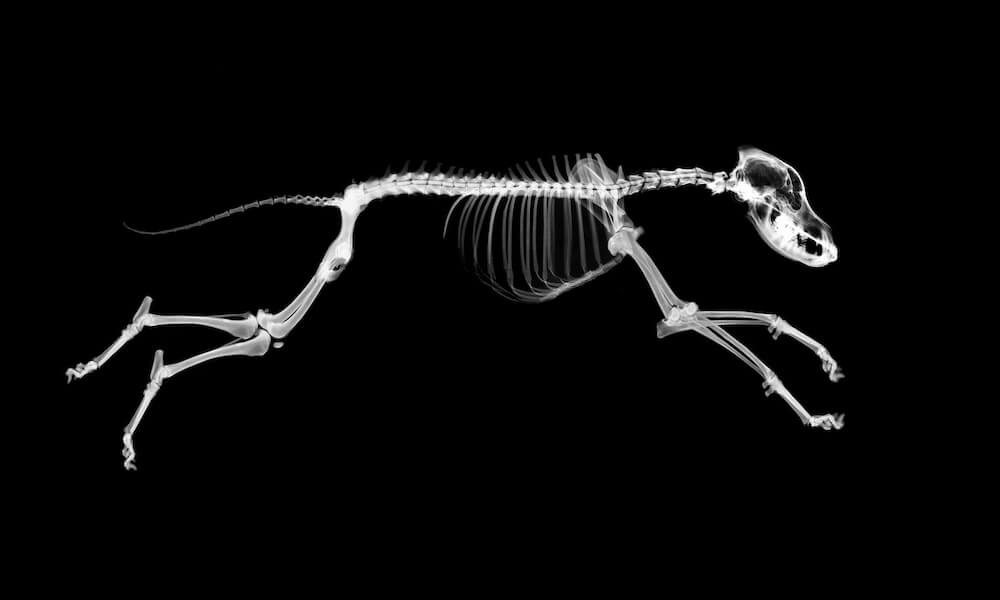
Checkout these animal X-rays from the Brookfield Zoo. Discover how the zoo’s vet team is sharing these skeletal snapshots of it’s rainforest friends.
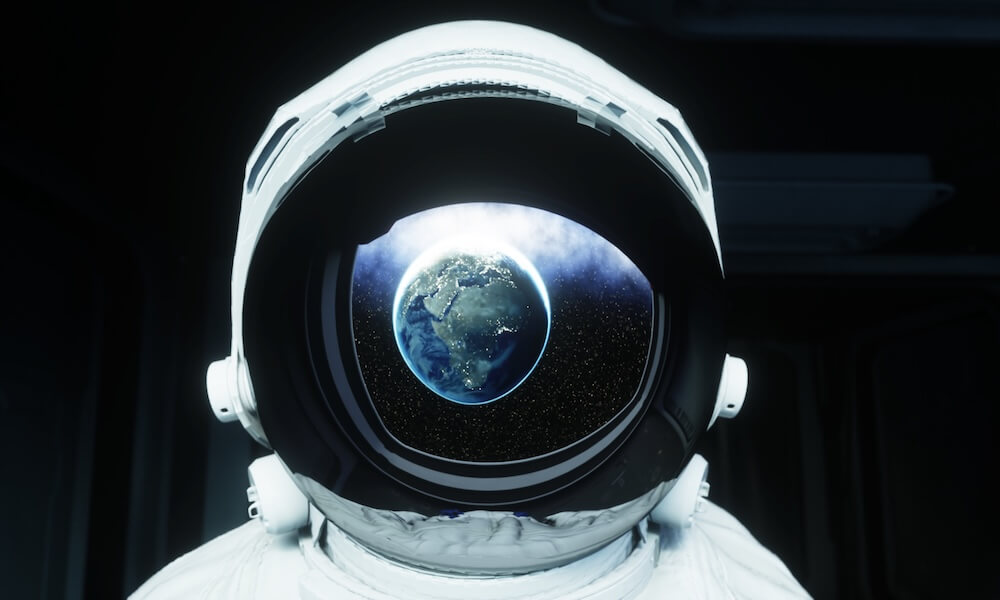
A new class of astronauts, with the potential to visit the moon and mars, will be announced by NASA. With exciting space programs on the horizon, new astronauts will be in for an adventurous career!

Every year, hurricanes, wildfires, and earthquakes damage communities. Learn about scientific advances that could help us better prepare for natural disasters.
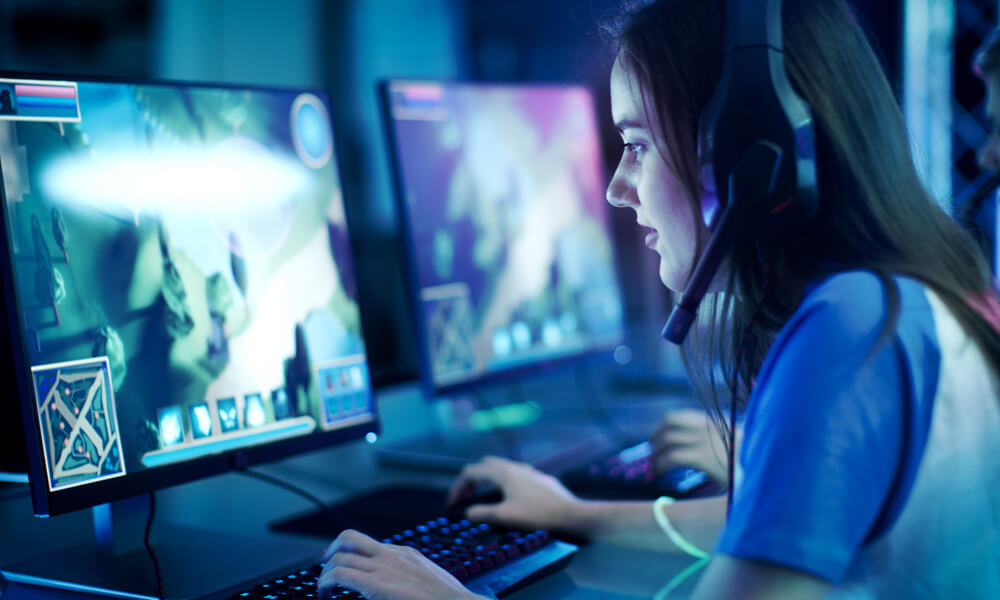
Many modern video games include a list of achievements that players can earn as they play. These trophies often reward the player for taking actions beyond the normal plot or path of the basic story. For some, achievements reward creative gameplay, add replayability, and encourage exploration. For others, they are annoying, repetitive distractions that artificially make a game seem bigger or more complex than it is. What do you think? Do achievements make games feel more or less enjoyable?
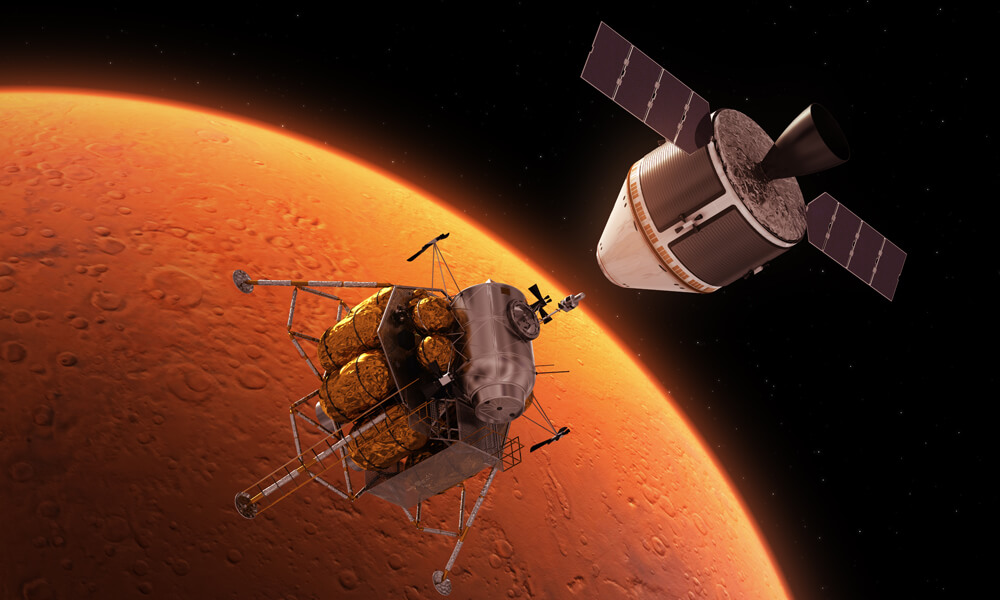
With the development of the next-generation Orion spacecraft—designed to eventually take astronauts to Mars— comes a number of all-new, advanced systems designed to track, monitor, and communicate with the spacecraft and its passengers. For NASA’s Mission Control facilities, all this additional technology meant that a brand new space was required to house the additional monitors and extra personnel. And that new space was shown to the public for the first time in late August of 2025.
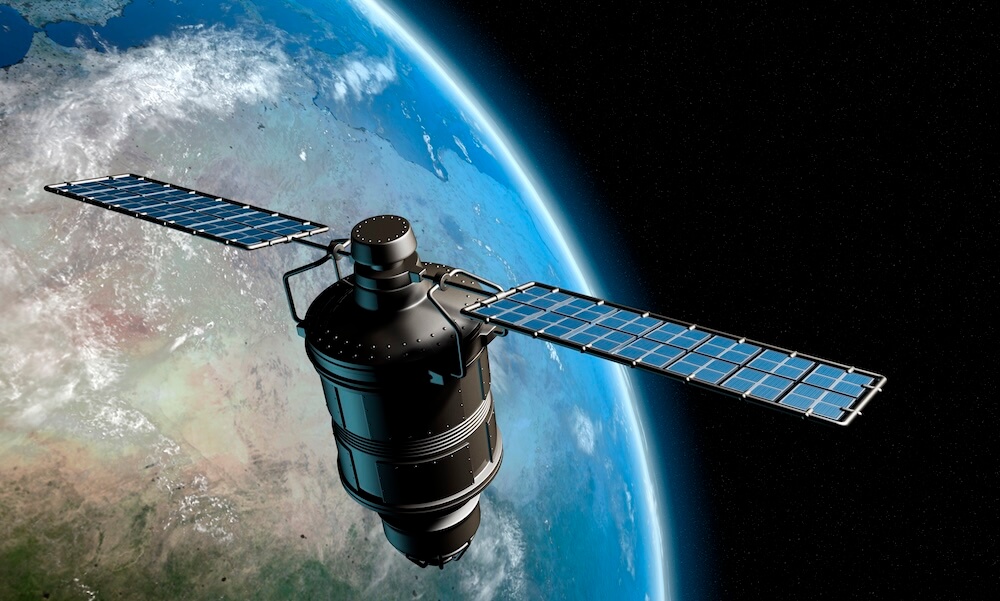
NASA and the Indian Space Research Organization have teamed up to create a satellite capable of detecting natural disasters and, potentially, saving countless lives.
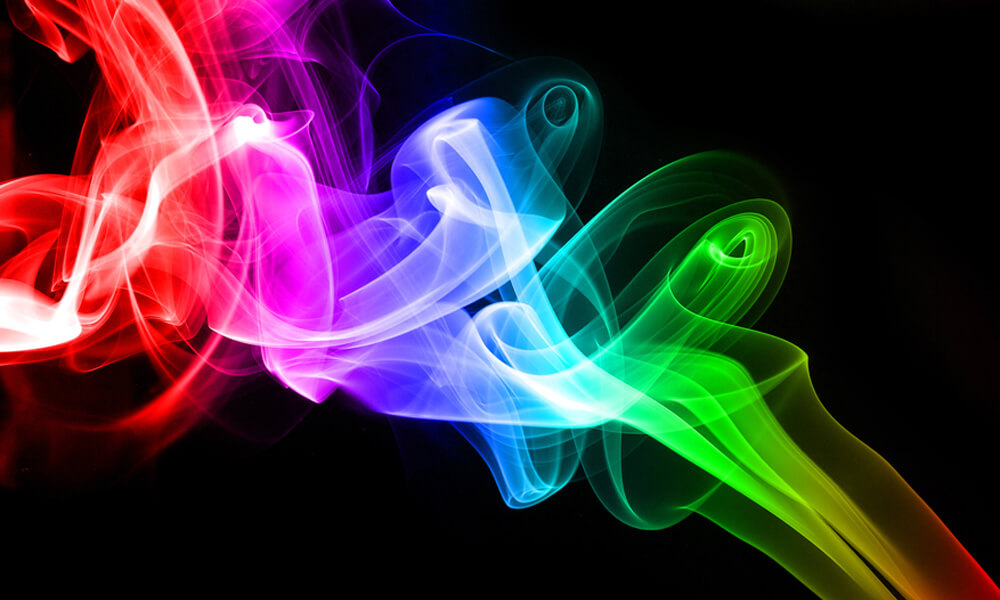
Have you ever seen the color “olo?” Unless you are one of only five people on the planet who have, the answer is ‘no.’
Recently, researchers achieved the unusual feat of stimulating the eye in such a way as to allow it to see a color outside the range of normal human vision. This work is brand new, but scientists hope that it will lead to new vision treatments and help us to better understand how animals see the world.